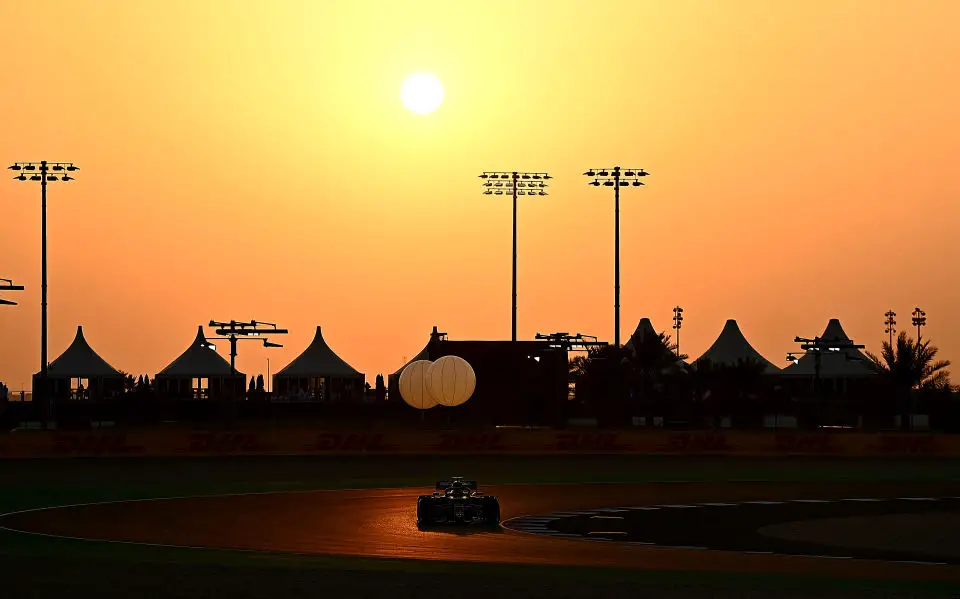Concrete Measures at Qatar GP: FIA’s Innovative Approach to Track Limits
The 2023 Qatar Grand Prix at the Lusail International Circuit introduces an unprecedented solution to enforce track limits: concrete slabs. This unique initiative, arising from a clash between FIA and FIM regulations, represents a novel direction in Formula 1 track boundary management.
Key Takeaways:
- The Lusail International Circuit unveils a groundbreaking tactic to control track limit violations using specially designed concrete blocks. These blocks, each measuring 1.5 by 2 meters, are positioned behind critical corner kerbs to deter drivers from exceeding boundaries.
- A debate between FIA and FIM on the use of gravel traps or asphalt strips for run-off areas leads to a compromise. The track adopts FIM’s asphalt preference, incorporating these concrete blocks as a distinctive countermeasure for F1 races.
- The evolution of track limit enforcement in Formula 1 is evident as circuits move away from solely using gravel traps. The Lusail International Circuit’s concrete slabs mark an innovative step towards new methods of maintaining track integrity.

As Formula 1 returns to the Lusail International Circuit for the 2023 Qatar Grand Prix, a notable change has captured the racing community’s attention. The introduction of concrete blocks to enforce track limits is a novel strategy, born from the necessity to balance the requirements of both F1 and MotoGP competitions.
Since its first F1 race in 2021, a memorable victory for Lewis Hamilton, the Lusail International Circuit has undergone significant alterations to support the demands of top-tier racing. However, it’s the latest adjustment regarding track limits that stands out as particularly impactful. As Max Verstappen heads into the race as the favorite, following his win in Japan, these changes could play a crucial role in the event’s outcome.
Reported by Motorsport-Magazin.com, the concrete blocks installed at key corners provide a unique challenge for drivers. Their dual-surface design, featuring a smooth side and a coarse side embedded with solidified gravel, aims to discourage drivers from overstepping the designated track limits.
The genesis of this initiative traces back to differing perspectives between the FIA, advocating for gravel traps, and the FIM, suggesting asphalt strips before the gravel. The resolution led to the adoption of the FIM’s approach and the creation of a distinctive F1-specific solution: the concrete blocks.
This development at the Lusail International Circuit is more than just a regulatory measure; it’s a reflection of the evolving nature of track design and management in Formula 1. As the sport continues to grow and adapt, innovative solutions like these concrete blocks may become more prevalent, shaping the future of racing and maintaining the integrity of the sport’s competitive spirit.


